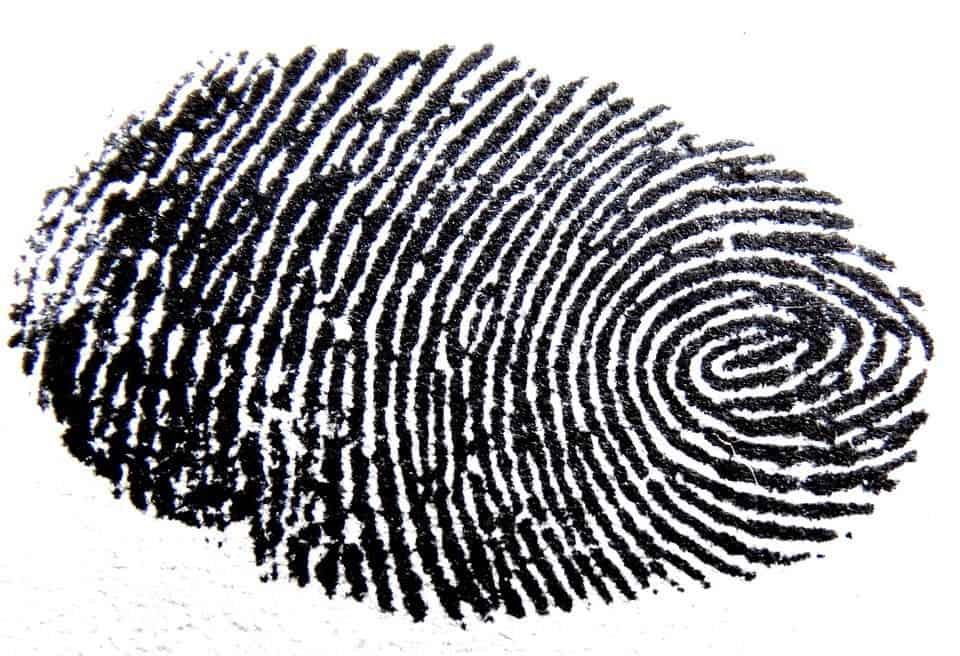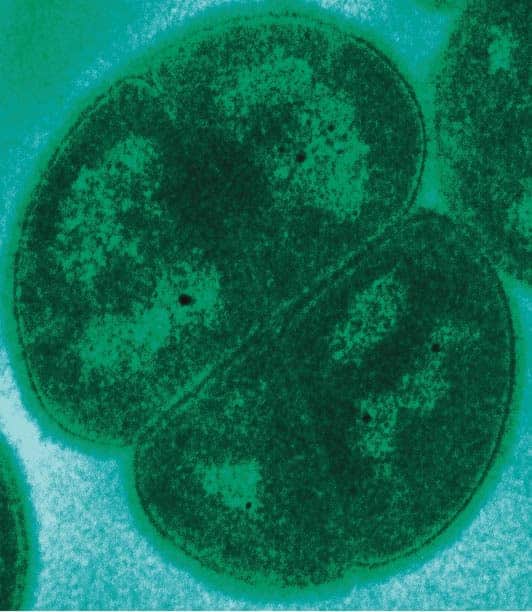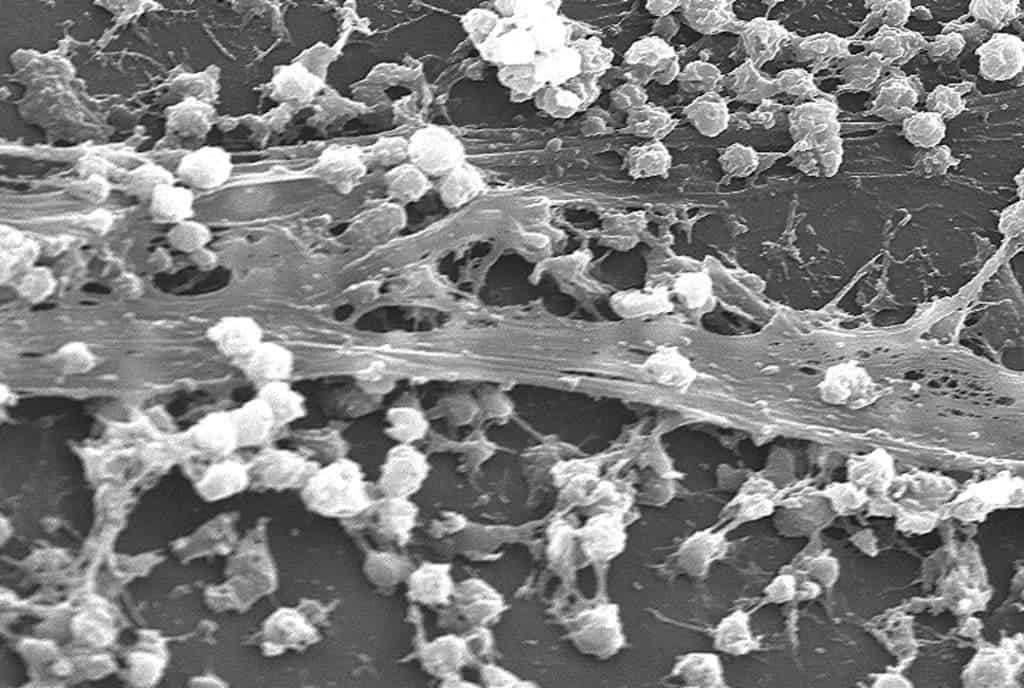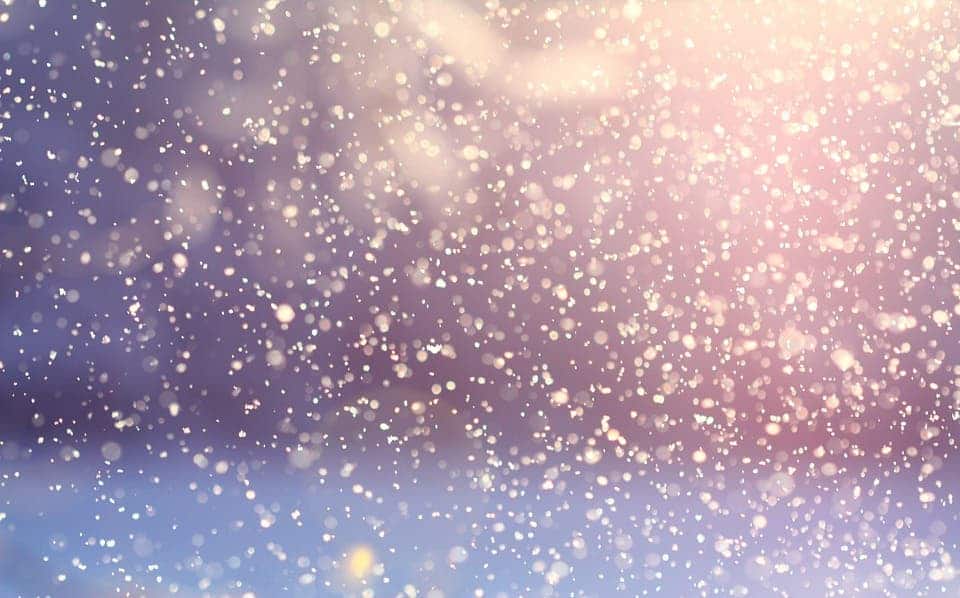Bacteria are the most abundant living organisms on earth. There are approximately five million trillion trillion (no, the second trillion was not a typo) bacteria on earth. They inhabit pretty much everywhere, from deep-sea thermal vents to an icy Antarctic lake to inside our own bodies. Because there are so many different types, these single-cellular organisms are far from boring.
Here are just a few interesting facts about bacteria.
1. We are (at least) half made up of bacteria cells
It is often cited that are ten times more bacterial cells than human cells in a person; however, a recent study has cast doubt on this number and concludes there are only about 30% more bacterial cells.
You might read somewhere that this makes us more bacteria than humans. While true number-wise, these bacteria cells are actually much smaller than human cells and would only fill up a large soda bottle (2 L or 0.5 gallons) in volume. Therefore, they only make up 1-2% of our body weight. Either way, that is still a lot of bacterial cells (39 trillion bacterial cells).
2. Bellybuttons have unique bacterial fingerprints

Your belly button’s bacteria create a unique fingerprint for you. In a citizen science project, researchers swabbed 60 belly buttons and identified the bacteria from each. They identified a grand total of 2,368 species of bacteria, with 1,458 that could be new to science.
No bacteria were found in every person. Some belly buttons were three times more diverse than others but the average number of different bacteria in a bellybutton was 67. Eight species were found in more than 70% of people and they occurred in large numbers. Most of the time, the bacterial species was only found in one person or a handful.
One individual, who hadn’t washed in a few years, had two extremophile bacteria species that usually live in extreme environments, such as on ice caps and thermal vents. One person had a bacteria that had only been previously found in soil in Japan before, even though he had never been to Japan.
3. Radioactive-proof external storage

Messages can be stored in the DNA of bacteria and then retrieved. Scientists were trying to find a new way to store information, so they tried within the living cells of bacteria.
Specifically, scientists want to be able to store important information in the event of a nuclear catastrophe. They chose the bacteria Deinococcus radiodurans to store the information because it can survive high temperatures, drying out, UV light, and radiation that is 1000x higher than a human’s fatal dose.
If you decide which piece of information you would want to survive a nuclear disaster, you’d choose “It’s a Small World”, right? That’s what the scientists did for this study. They coded the song to the four bases of DNA and inserted parts of the song into the bacteria.
4. Bacteria are responsible for B.O.

If your underarms are smelly, you can blame bacteria. We produce two types of sweat: one is eccrine sweat, which is mostly salty water, and the other is apocrine, which attracts smelly bacteria.
One gene is responsible for whether you smell when you sweat: ABCC11. This gene is also responsible for whether you have wet or dry earwax.
If you have wet earwax, then you also have a protein that transports the sweat out of pores in the armpit, where it attracts bacteria that cause body odor. Those with dry earwax (much more common in Asia than Europe) don’t produce the protein, so they don’t make the apocrine sweat that smells.
5. Bacteria talk!

Bacteria communicate with each other using electrical signals. In this way, single-celled bacteria can act like a multicellular organism. A colony of billions of cells can communicate and work together like a “microbial brain”.
This is especially true for biofilms, which are conglomerations of bacteria; these build up on rocks in rivers. They can also build nanotubes to bridge between different cells to exchange small molecules, proteins, and plasmids.
6. Make it rain

Bacteria can even cause rain and snow to form. Around the world, cells and cell fragments with DNA were found in the center of some snowflakes. Some of them even have special proteins to form ice. Pure water in the atmosphere won’t freeze until it is -40˚C /˚F unless there are some particles like dust in the middle to help the water particles arrange themselves into the right shape to form a crystal.
These particles are called nucleators, and they allow ice to form at around 0˚C /32 ˚F. Bacteria are among the most effective ice nucleators because of the proteins that they possess, though only a few species can do it. If this happens in the winter, it snows and if it happens in the summer, it rains. Some researchers have suggested spraying bacteria into clouds to end a drought.
Bacteria are pretty incredible and these bacteria facts prove it!


